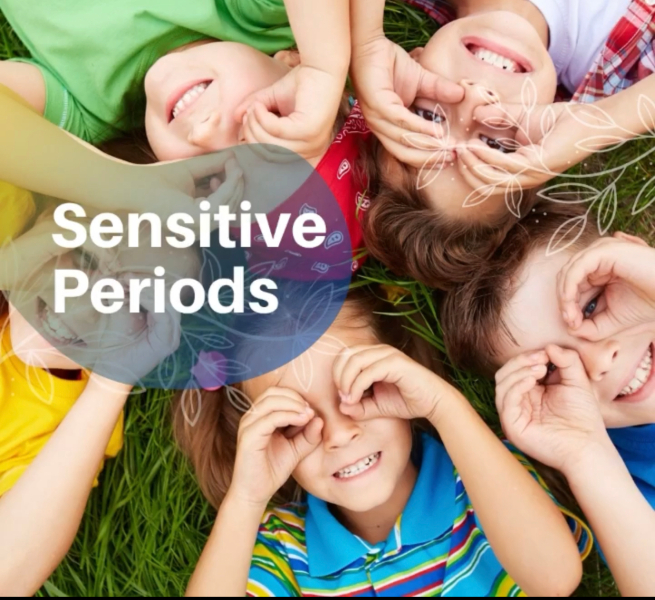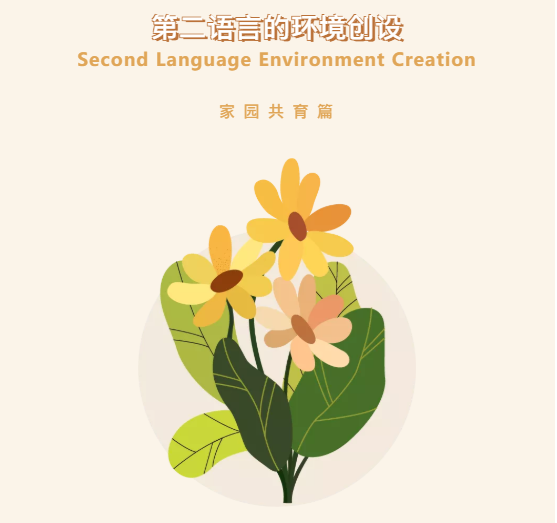
Kids』 language sensitivity usually occurs at the age from 0 to 6. At this stage, the baby began to look at adult mouth to speak and will try to mumble a lot of words. In fact, this child is imitating the intonation and pronunciation of adults in preparation for speech. With a good language environment and an absorbing mind, children can naturally master their mother language. While what can parents do to provide a suitable environment for their children to master a second language? Dr. Montessori gives some advises in her book, and today let’s share these words together.
孩子的語言敏感期通常發(fā)生在0到6歲����。在這個(gè)階段����,嬰兒開(kāi)始看著大人的嘴說(shuō)話(huà)����,並會(huì)嘗試喃喃自語很多單詞�����,其實(shí)這是孩子在模仿成人的語調(diào)和語音為說(shuō)話(huà)做準(zhǔn)備�����。在良好的語言環(huán)境與吸收性心智共同作用下�����,孩子可以非常自然地掌握第一語言——母語�����,但與此同時(shí)������,父母應(yīng)該如何為處在語言敏感期的孩子提供適宜的環(huán)境幫助孩子更好地掌握第二語言呢?蒙特梭利博士在原著中給出一些建議����,今天我們就一起來(lái)分享一下�����。
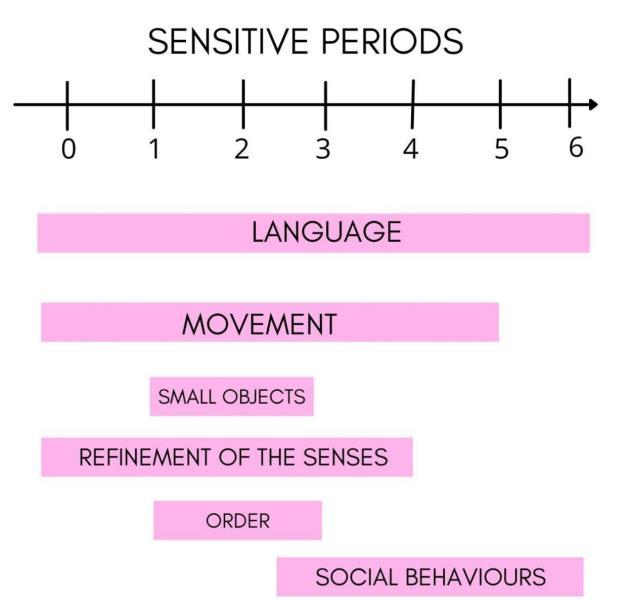
Foundation Course
(Children 0-6 years of age)
語言基礎(chǔ)學(xué)習(xí)階段(0-6歲)
The best time to introduce a second language to a child would be during the first year of his life when he is absorbing the language or languages of his environment. At that time it would only be necessary that one person consistently speak in one language to the child whereas the second person speak always in another language. The child would thus be able to absorb both languages, their vocabulary and their syntax unconsciously.
第二語言開(kāi)始融入孩子生活的最佳時(shí)間是在他/她出生的第一年������,因為這個(gè)年齡段的孩子正處在不斷吸收語言或吸收存在於他周圍環(huán)境內(nèi)所有語言的階段����。在這段時(shí)間裡我們一定要注意雙語環(huán)境中父母使用語言的固定性����,即其中一個(gè)人一直用同一種語言與孩子交流����,而另一個(gè)人保持用另一種固定語言�����。這樣孩子就能無(wú)意識地吸收兩(liǎng)種語言����,無(wú)論是詞彙還是語法�����。
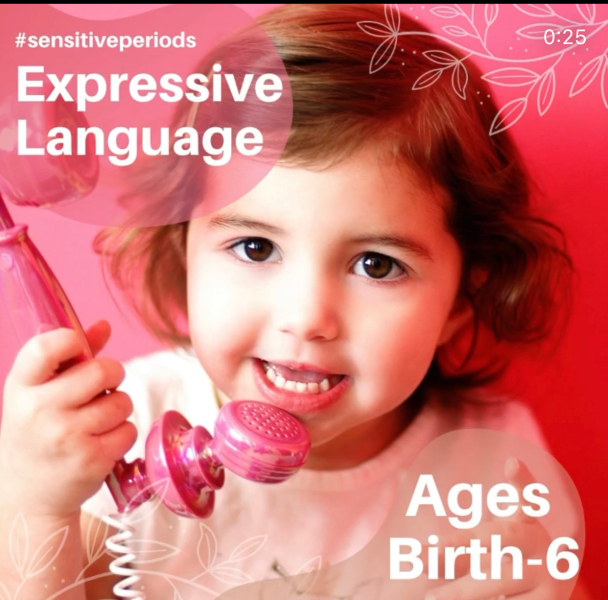
Unfortunately the children who enter the Montessori environment have passed the stage of unconscious absorption. They have already perfected one language. As Dr. Montessori says in The Absorbent Mind, (page 121, Dell Publishing Inc.) 「The child is truly a miraculous being In two years this mite has learned everything.… 「 This refers to the acquisition of the first language. When the child has acquired one language and is confronted by a second language, we have to make sure that the second language and the first language are not intermingled. A specific day or time for the second language acquisition avoids confusing the child.
但是對(duì)大多數(shù)孩子來(lái)說(shuō)���,當(dāng)他們進(jìn)入到蒙特梭利環(huán)境的時(shí)候(幼兒園)其實(shí)已經(jīng)度過(guò)了自己無(wú)意識吸收心智的階段���。也就是說(shuō)����,他們在進(jìn)入蒙特梭利環(huán)境以前就已經(jīng)熟練掌握了一種語言���。正如蒙特梭利博士在《吸收的頭腦》中所說(shuō):「孩子在生命的前2年就學(xué)會(huì)了一切������,這難道不是個(gè)奇蹟嗎!」這裡主要指的是第一語言的習(xí)得���。當(dāng)孩子已經(jīng)習(xí)得一種語言並面對(duì)第二種語言時(shí)�����,我們必須確保第二語言和第一語言沒有混在一起���。要做到這一點(diǎn)������,父母可以通過(guò)設(shè)定專(zhuān)門(mén)學(xué)習(xí)第二語言的學(xué)習(xí)日或第二語言學(xué)習(xí)時(shí)間來(lái)避免讓孩子感到困惑����。
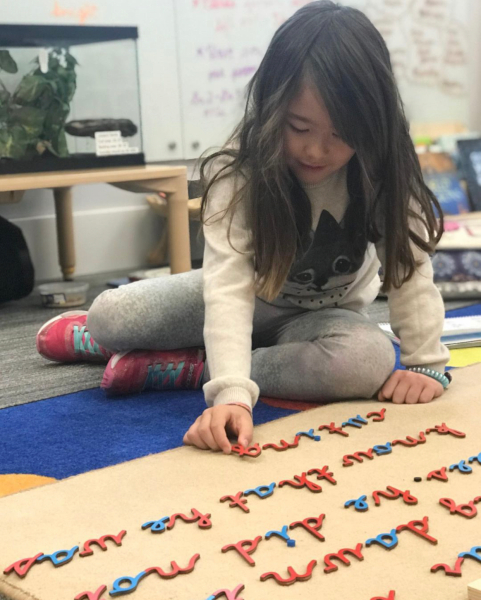
Furthermore, the lessons have to be short and interesting. The younger the child the more concrete materials should be used for introducing new vocabulary. This method can be used to introduce any second language.
同時(shí)����,語言學(xué)習(xí)的課程應(yīng)該是簡(jiǎn)短而有趣的�����。當(dāng)給小齡段孩子介紹新詞彙時(shí)����,儘量使用能看到、能觸摸到的具體的材料���。這是第二語言學(xué)習(xí)常用的方法之一������。
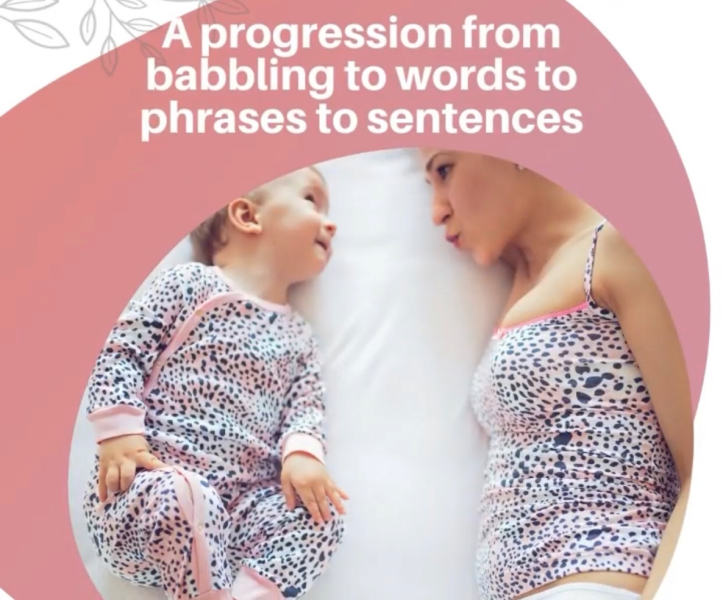
In order to allow the child to achieve his full potential also in the second language, the second language should be introduced as soon as possible, since, as Dr. Montessori says, 「The development of articulate language takes place in the period between the age of two and the age of seven; the age of perceptions in which the attention of the child is spontaneously turned towards external objects, and the memory is particularly tenacious…' (page 315. The Montessori Method, by María Montessori, published by Schoken Books, U.S.A.)
為了激發(fā)孩子語言學(xué)習(xí)方面的天賦����,第二語言的學(xué)習(xí)越早開(kāi)始越好������。蒙特梭利博士說(shuō)過(guò):「2歲到7歲是兒童發(fā)展語言的關(guān)鍵時(shí)期���,這段時(shí)期兒童的注意力開(kāi)始自發(fā)地轉(zhuǎn)向外部的環(huán)境�����,開(kāi)始吸收環(huán)境中的語音、語義���。並且����,擁有超強(qiáng)的記憶力記錄身邊的所有聲音�����。」
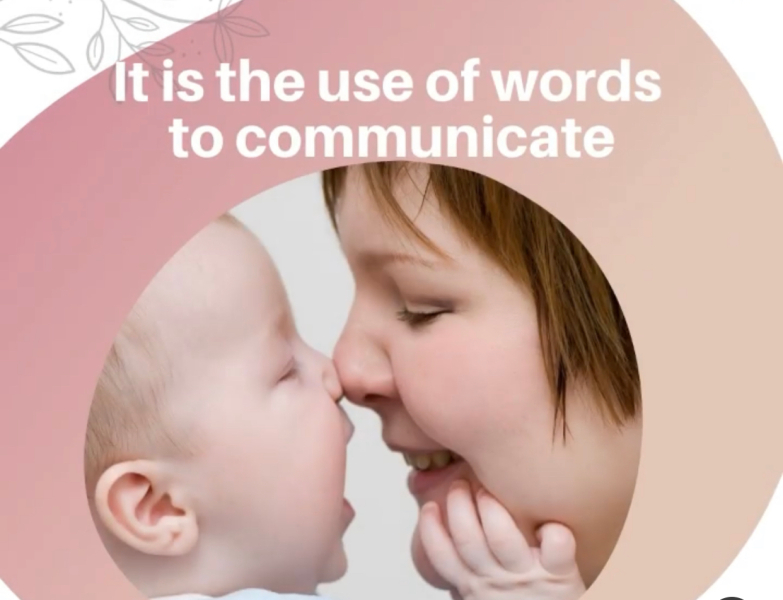
As for the specific methods and sequence of learning a second language during the language sensitive period,we will share more about this in our next article.
關(guān)於在孩子語言敏感期學(xué)習(xí)第二語言的具體方法和順序�����,我們將在下一篇裡進(jìn)行進(jìn)一步的分享����。
